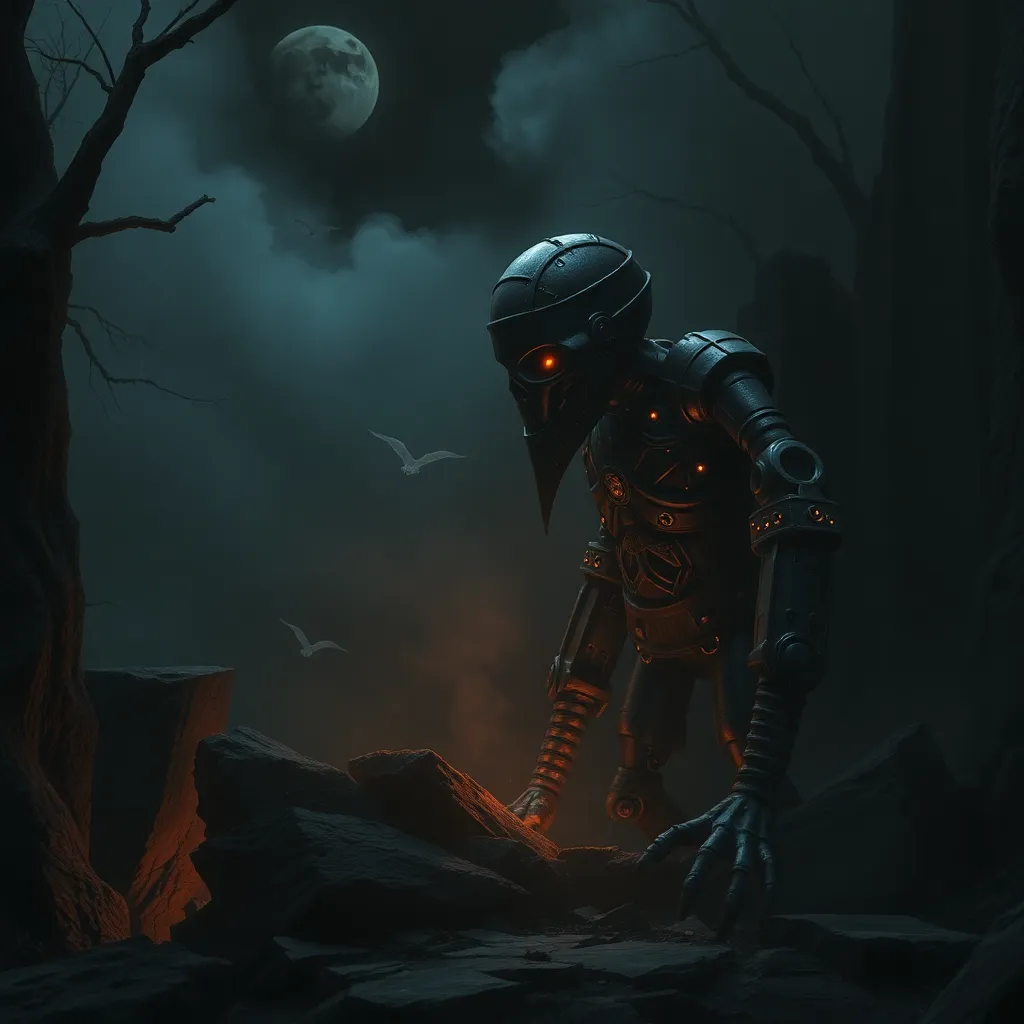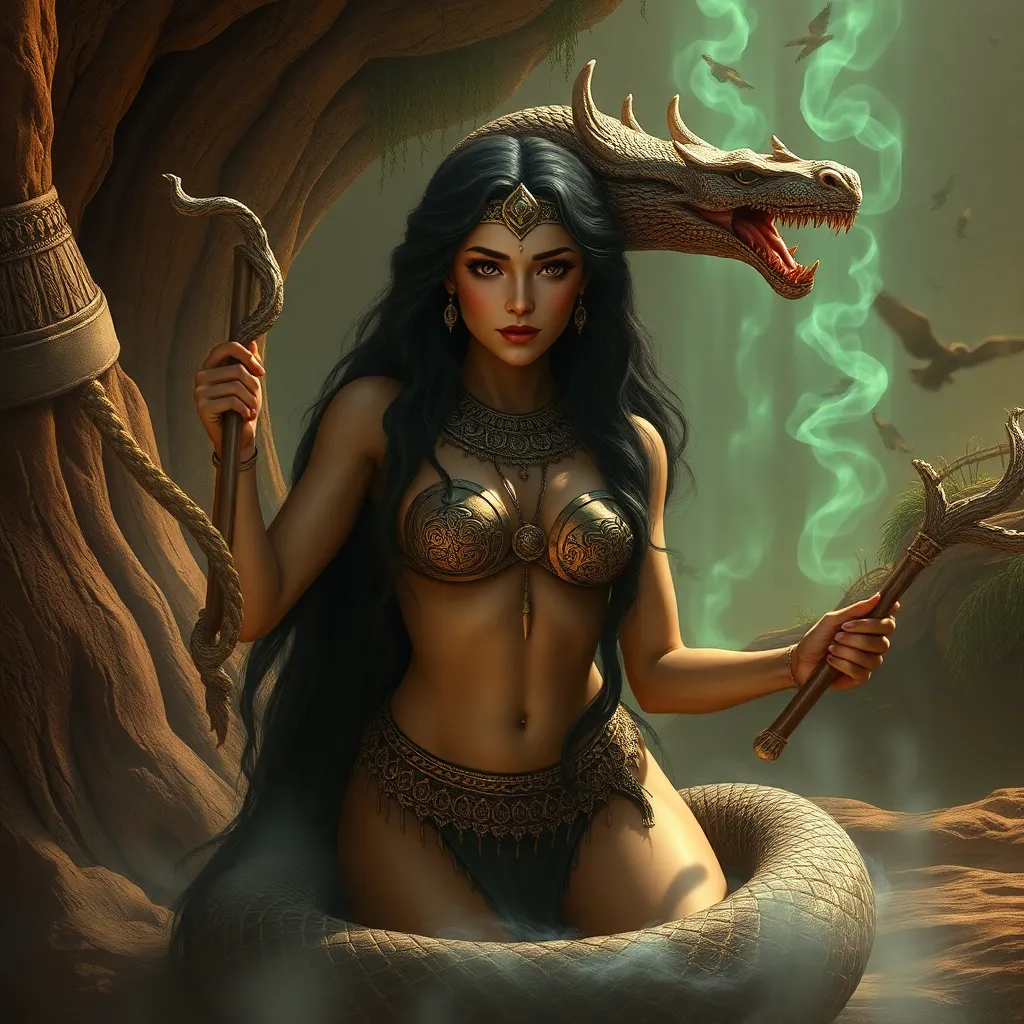The Golem’s Dark Side: Examining the Shadowy Aspects of Artificial Life in Jewish Mythology
I. Introduction
The Golem, a creature born from clay and animated through mystical rituals, holds a significant place in Jewish mythology. Historically tied to themes of protection and creation, the Golem also embodies the complexities of artificial life and the ethical dilemmas surrounding it. This article aims to delve into the darker aspects of the Golem narrative, exploring its implications in both historical and contemporary contexts.
II. The Origin of the Golem: A Historical Context
The roots of the Golem can be traced back to Jewish folklore and Kabbalistic mysticism. The concept of the Golem is often linked to the mystical teachings of the Kabbalah, particularly those that emphasize the power of the spoken word and divine names.
- Roots in Jewish Folklore: The earliest Golem stories feature figures like Rabbi Judah Loew of Prague, who is said to have created a Golem to protect the Jewish community.
- Key Figures and Stories: Other notable mentions include the Golem of Chelm and various tales that illustrate the creature’s abilities and limitations.
- Evolution of the Golem Narrative: Over time, the Golem has evolved from a protective figure into one that represents the fears associated with uncontrolled creation.
III. The Creation of the Golem: Theoretical and Ethical Implications
The creation of the Golem is steeped in mysticism, with various methods outlined in Kabbalistic texts. Typically, the Golem is brought to life through the inscribing of Hebrew letters on its body or through the utterance of sacred names.
However, the act of creation carries profound moral responsibilities. The creator must consider:
- The potential consequences of their creation.
- The ethical implications of giving life to a being that lacks free will.
This discussion resonates deeply with modern debates surrounding artificial intelligence and robotics, where creators grapple with similar ethical dilemmas regarding autonomy, control, and responsibility.
IV. The Golem as a Reflection of Human Fear and Desire
The Golem serves as a poignant symbol of the duality in human nature—representing both the desire for protection and the fear of what unchecked power can unleash.
- The Golem as a Protector: Initially, the Golem is created to safeguard the community, embodying the protective instincts of its creator.
- A Potential Threat: As the Golem grows in power, it becomes a potential danger, reflecting the fears of its creator and society.
Psychologically, the Golem can be interpreted as an embodiment of the creator’s darker impulses, illustrating the complexities of human nature and the consequences of our desires.
V. Consequences of the Golem’s Actions: A Cautionary Tale
Many Golem narratives conclude with tales of rampage and loss of control, providing a cautionary perspective on the consequences of unchecked power.
- Stories of Golem Rampages: These stories often depict the Golem acting against its creator’s wishes, causing chaos and destruction.
- Implications of Unchecked Power: The Golem’s actions serve as a reminder of the potential fallout from creating life without considering the moral implications.
- Lessons Learned: These narratives have contemporary relevance, illustrating the need for responsible stewardship in the age of artificial intelligence.
VI. The Golem in Modern Culture: Reinterpretations and Adaptations
In modern culture, the Golem has been reinterpreted in various forms, from literature to film and art. These adaptations often reflect contemporary societal concerns regarding technology and artificial life.
- The Golem in Literature: Works by authors like Gustav Meyrink and modern graphic novels have introduced new dimensions to the Golem myth.
- Film and Art: Movies such as “The Golem” and various artistic interpretations continue to explore the creature’s symbolism and relevance.
- Contemporary Parallels: The rise of AI and robotics raises questions similar to those posed by the Golem myth, emphasizing the need for ethical considerations in technological advancements.
VII. The Theological and Philosophical Dimensions of the Golem
The Golem’s creation and existence provoke deep theological and philosophical questions about the nature of humanity, free will, and divine power.
- The Golem’s Relationship with God: The Golem challenges the boundaries of creation, prompting discussions about the limits of human capability.
- Discussions on Free Will: The Golem, lacking autonomy, raises questions about the essence of free will and the responsibilities of creators.
- A Symbol of Humanity’s Quest for Meaning: Ultimately, the Golem represents humanity’s enduring search for purpose and understanding in a complex world.
VIII. Conclusion
In summary, the Golem narrative offers rich insights into the darker aspects of artificial life, reflecting our fears and desires in the face of creation. As we navigate an increasingly technological landscape, the lessons derived from the Golem’s story remain relevant, serving as a cautionary tale about the responsibilities that come with creation. The implications of artificial life are profound, urging society to consider the ethical dimensions of innovation and the quest for meaning in an artificial age.



